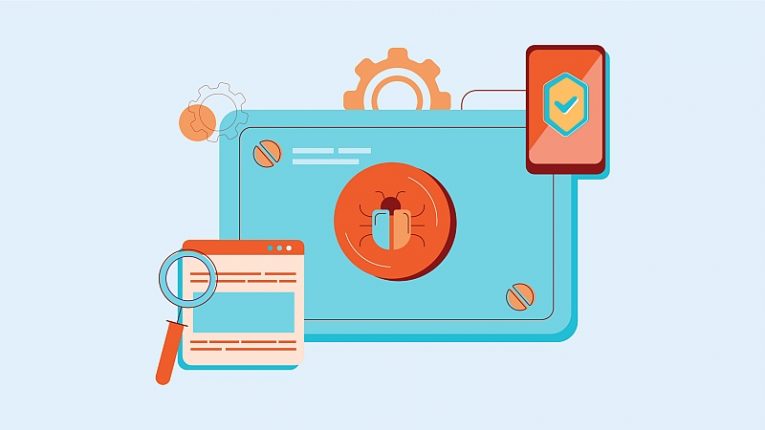Resultsearch.net Promotes Fake Search Engine

Resultsearch.net is identified as a deceptive webpage posing as a fake search engine. Websites falling into this category typically lack the ability to generate search results and often redirect users to legitimate search engines. Additionally, these pages commonly gather visitor data.
These fraudulent search engines are commonly promoted through browser hijackers, which typically modify browser settings. However, the questionable extensions promoting resultsearch.net have been observed to refrain from altering browser settings. Instead, they endorse resultsearch.net without making any changes to browser configurations.
One such rogue extension promoting resultsearch.net is named "Volume Booster," but it's important to note that there may be others endorsing this site. When installed, these hijackers detect web searches and initiate redirects to the resultsearch.net page.
As previously mentioned, fake search engines typically lack the capability to provide search results and redirect users to legitimate search engines. During our investigation, resultsearch.net redirected users to the Bing search engine (bing.com). However, it's worth noting that redirection destinations may vary.
Fake search engines pose a minor privacy threat as they often collect visitor information, which may be sold to third parties. Additionally, sophisticated browser hijackers may include data-tracking functionalities targeting various types of information, including visited URLs, viewed pages, search queries, cookies, login credentials, personally identifiable information, and financial data.
What is a Browser Hijacker?
A browser hijacker is a type of malicious software or unwanted program that modifies web browser settings without the user's consent. These modifications typically involve altering the browser's homepage, default search engine, or new tab page to promote certain websites or generate revenue through advertising.
Browser hijackers often infiltrate users' systems through deceptive means, such as bundled with freeware or shareware programs, disguised as legitimate browser extensions or toolbars, or distributed through malicious websites or phishing emails.
Once installed, a browser hijacker may:
Change Browser Settings: Hijackers can change the default homepage, search engine, or new tab page of the affected web browser to redirect users to sponsored websites or fake search engines.
Inject Advertisements: They may inject unwanted advertisements, pop-ups, banners, or sponsored links into web pages visited by the user, often leading to intrusive and disruptive browsing experiences.
Track User Activities: Browser hijackers may track users' browsing activities, search queries, and other online behavior to gather data for targeted advertising or other malicious purposes.
Redirect Web Traffic: Some hijackers redirect web traffic to specific websites, potentially exposing users to phishing scams, malware, or fraudulent schemes.
Decrease Browser Performance: Hijackers can slow down the affected browser's performance, causing it to become sluggish or unresponsive due to the increased load of advertisements or unwanted processes running in the background.








